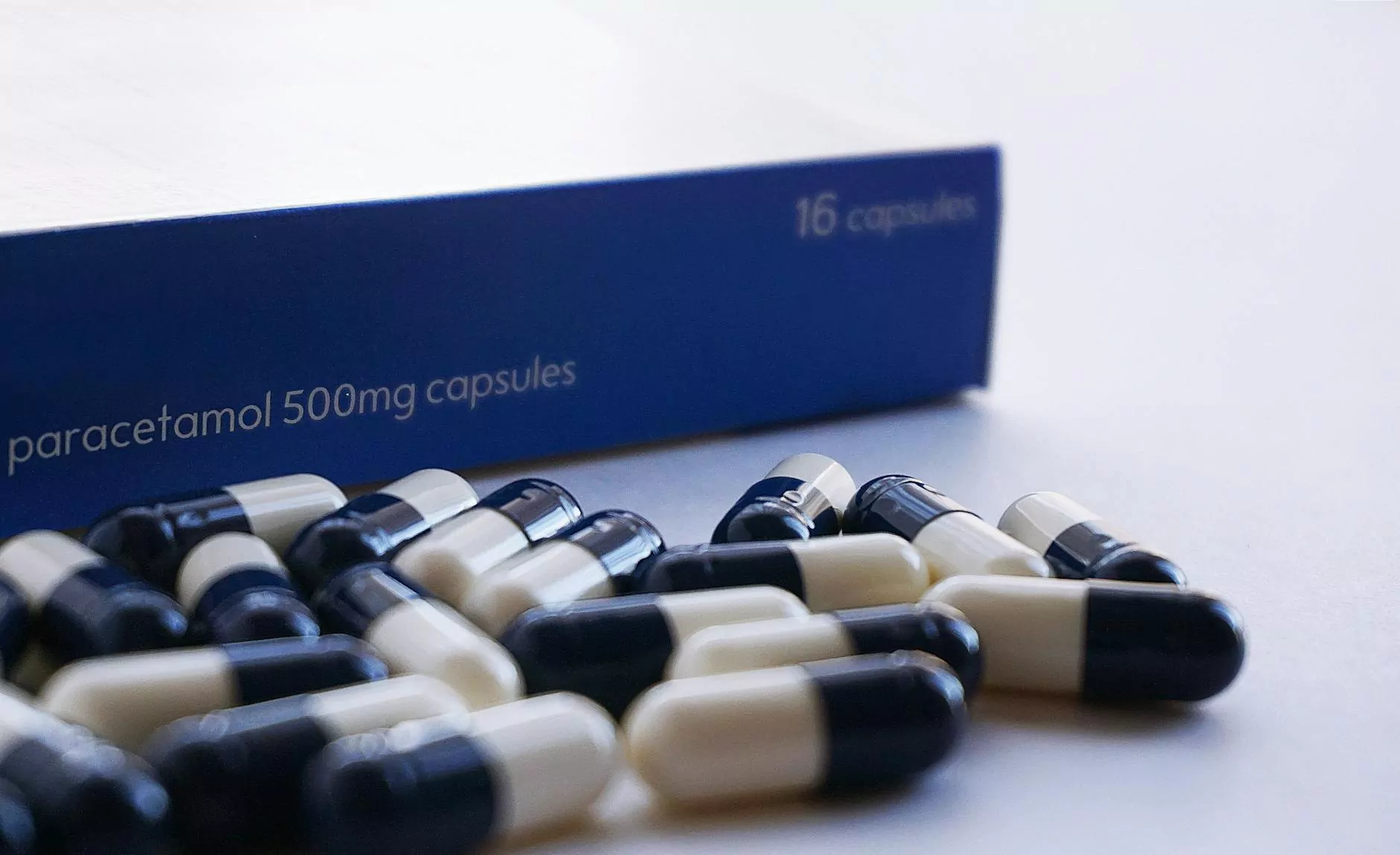ILIOTIBIAL BAND (ITB) SYNDROME
Injury and Recovery
About Iliotibial Band (ITB) Syndrome
At Butterfield Oxygen & Medical Equipment, we understand the importance of providing valuable information about various medical conditions. This page is dedicated to providing comprehensive information about Iliotibial Band (ITB) Syndrome, a common condition that affects many individuals.
What is Iliotibial Band (ITB) Syndrome?
Iliotibial Band (ITB) Syndrome is a common overuse injury that affects the iliotibial band, a thick band of fibrous tissue that runs down the outside of the thigh, from the hip to the shin. The iliotibial band plays a crucial role in stabilizing the knee during movement.
Causes and Risk Factors
Iliotibial Band (ITB) Syndrome is often caused by repetitive motions, such as running or cycling. The constant friction between the iliotibial band and the underlying bone can lead to inflammation and pain. Individuals who have sudden increases in training intensity, improper footwear, or biomechanical issues are at a higher risk of developing this condition.
Symptoms
The most common symptom of Iliotibial Band (ITB) Syndrome is pain on the outside of the knee. This pain may radiate up the thigh or down to the shin. In severe cases, individuals may experience swelling and impaired movement. The pain is often worsened during activities that involve repetitive knee bending, such as running or cycling.
Diagnosis
Diagnosing Iliotibial Band (ITB) Syndrome involves a thorough medical history review and physical examination by a healthcare professional. They may observe your movements and apply pressure to specific areas to identify the source of pain. In some cases, imaging tests, such as an MRI, may be recommended to rule out other underlying conditions.
Treatment and Management
Effective treatment and management of Iliotibial Band (ITB) Syndrome focus on reducing pain, improving mobility, and addressing any underlying issues. The following approaches are commonly used:
1. Rest and Ice
Resting the affected leg and applying ice packs can help alleviate pain and reduce inflammation.
2. Physical Therapy
Working with a physical therapist can help identify and correct any biomechanical issues that may contribute to ITB Syndrome. They may also provide exercises to strengthen muscles and improve flexibility.
3. Medication
Nonsteroidal anti-inflammatory drugs (NSAIDs) may be prescribed to reduce pain and inflammation. However, it's important to consult with a healthcare professional before starting any medication.
4. Corticosteroid Injections
In severe cases, corticosteroid injections may be recommended to provide short-term pain relief and reduce inflammation.
5. Lifestyle Modifications
Adjustments to your training routine, such as reducing mileage or intensity, can help prevent further aggravation of the iliotibial band. Choosing appropriate footwear and incorporating cross-training activities can also be beneficial.
Prevention
Taking preventive measures can help reduce the risk of developing Iliotibial Band (ITB) Syndrome or experiencing recurrent episodes. Here are some essential preventive measures:
1. Gradual Training Progression
Gradually increase your training intensity and duration to give your body time to adapt and avoid sudden overuse.
2. Proper Warm-Up and Cool-Down
Prioritize warm-up exercises to prepare your muscles and joints for physical activity. Follow up with a cool-down routine that includes stretching to maintain flexibility.
3. Cross-Training
Engage in different types of exercises to avoid overloading specific muscle groups. Cross-training helps maintain overall strength and balance.
4. Correct Biomechanics
Ensure proper alignment and form during physical activities. Consult with a sports specialist or physical therapist if you suspect any alignment issues or imbalances.
5. Regular Rest and Recovery
Allow sufficient time for rest and recovery between training sessions to prevent overuse injuries and promote muscle repair.
Visit Butterfield Oxygen & Medical Equipment Today
At Butterfield Oxygen & Medical Equipment, our priority is to provide informative resources to help individuals understand various medical conditions, including Iliotibial Band (ITB) Syndrome. We are dedicated to supporting your health and well-being. Visit our website or contact us today for more information.




